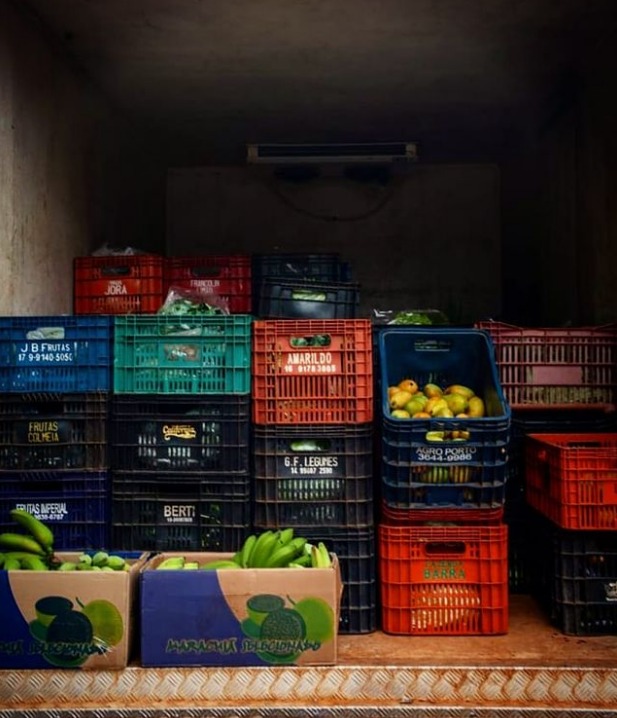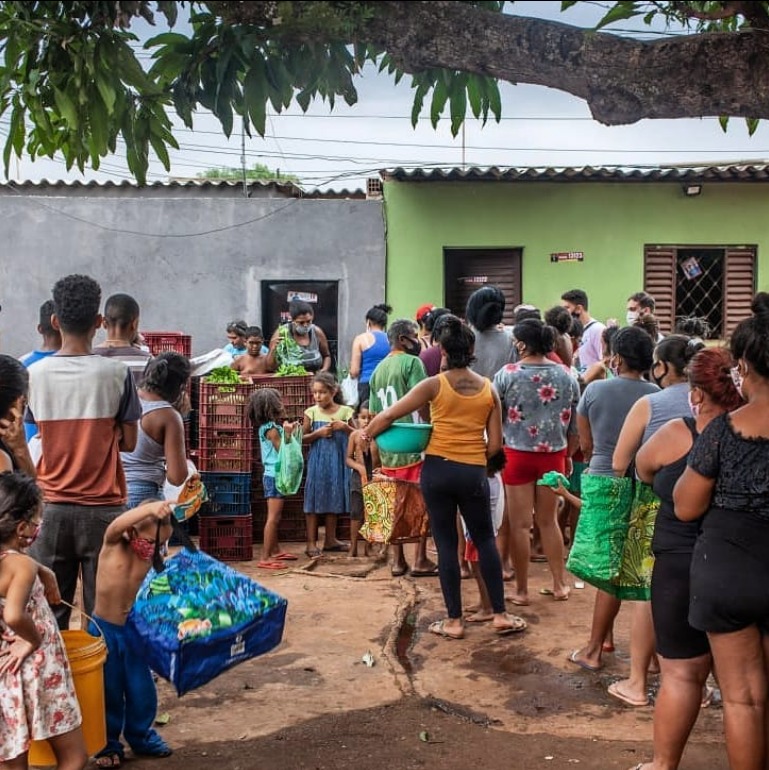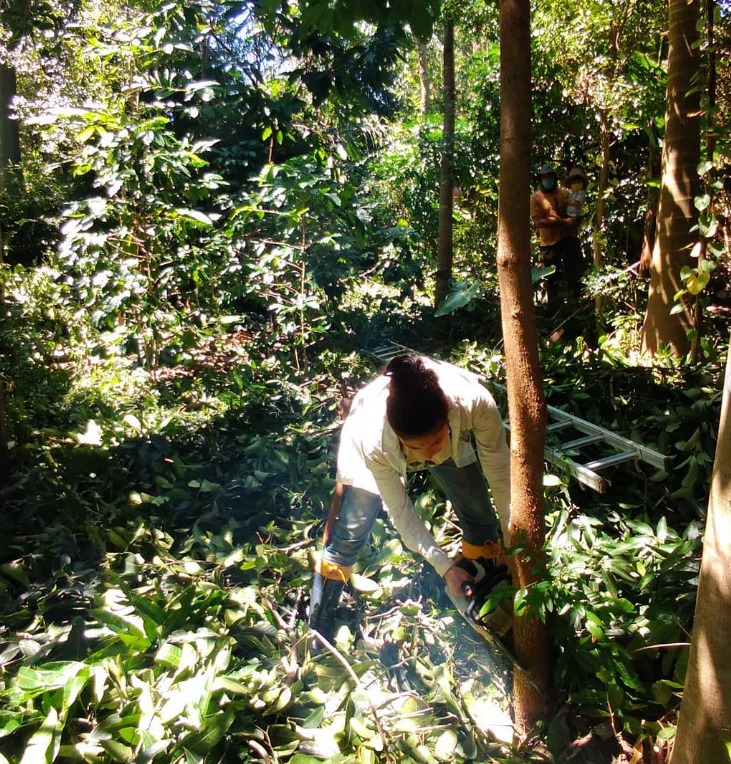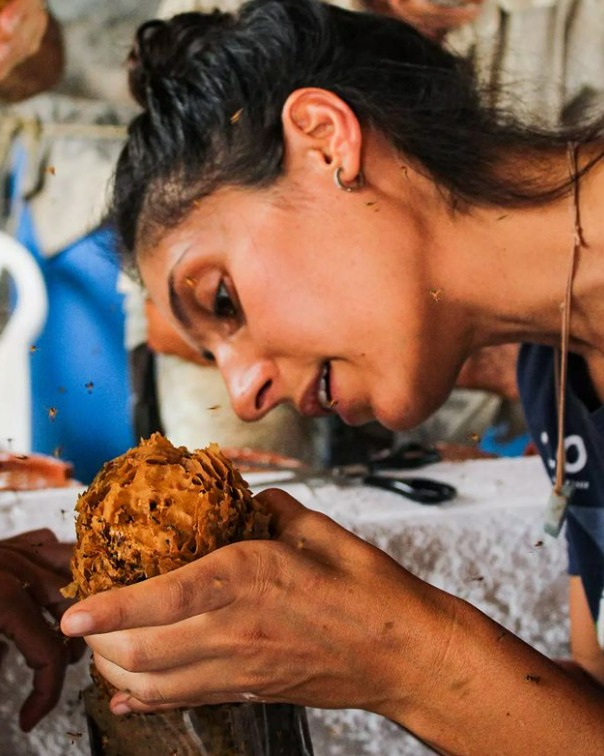July 20, 2022
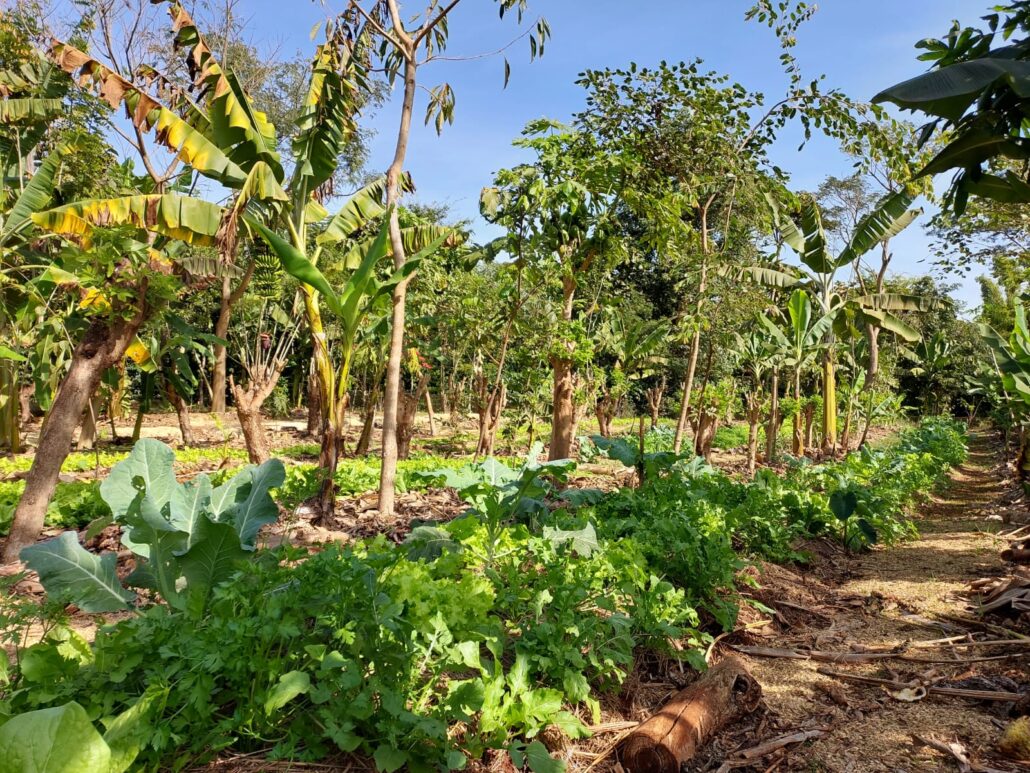
During the last two years food insecurity levels have severely increased in Brazil. According to the second National Survey of Food Insecurity in the Context of the Covid-19 Pandemic in Brazil, conducted by the PENSSAN Research Network, 33.1 million Brazilians do not have sufficient food supplies. Compared to 2021, that means that an additional 14 million people suffer from severe food insecurity [1].
The escalation of hunger in the country started in 2018, but it was awfully aggravated during the pandemic. Since then, the wave of high unemployment rates imposed by the pandemic together with precariousness of work, loss of social rights and reduced purchasing power put many Brazilian lives at stake [1].
This situation was Brazil’s normality in the 80s but an outrageous reality today. Food distribution initiatives were raised all over the country by agroecological farmers like Ana Bovoy. Holding a Bachelor’s in environmental engineer and as a future Master’s in Forest Restoration, Ana was one of the many Brazilians behind the distribution of food supplies to families in need in the state of São Paulo.
Ana, how can agroecology and agroforestry help provide food security in Brazil?
“During the pandemic, farmers of the Brazilian Landless Workers Movement (“MST”) were unable to sell their products and there were many people in a condition of food vulnerability. Together with the Agroforestry Network of Ribeirão Preto we therefore created a campaign called Agroecological Food for All. Through this campaign, we raised money from civil society, purchased agroecological products from MST communities and donated them to people who were starving. This showed us the great potential of agroforests. First, they provide food security for the farmers. Second, they are a form of (self-)sustainable production method that respects the environment. And third, their production is abundant. All this was directly reflected in the campaign. Although we had bought a certain amount of food supplies, the farmers donated much more. In total, we donated 85 tons of agroforestry foodstuff over a year. Our campaign ended after the third distribution round but others, like the Marmita Solidária initiative in Recife, are still running”.
Fig. 1: Left: Part of the food collected in the “Alimentos agroecológicos para todos” campaign. Right: People in line waiting for their food donation package (Ana Bovoy, 2021).
Ana fell in love with agroforestry during her bachelor’s after taking a course with Manfred Müller, one of Ernst Götsch’ apprentices. After her studies, she used her savings to travel around Brazil as a volunteer in agroforestry farms to learn how to create an agroforest and how to live from it. Nowadays she assists in the implementation of agroforestry systems (“AFS”) in Brazilian farms and holds bee keeping course to integrate stingless bees in agroforestry systems.
What are the biggest challenges of agroforestry in Brazil?
“One of the biggest challenges of agroforestry is knowledge. We are talking about an agricultural method made through processes and this involves a lot of studying. We still know very little about the plants in Brazil and how to intercrop them. In addition, there is a need to make it viable on a large scale and for that, the development of specific agroforestry machinery. This is currently taking place and in my point of view it is of fundamental importance for the environmental recovery and farming substantiality in Brazil.”
Fig. 2: Left: Ana thinning an agroforestry system in Brazil (Ana Bovoy, 2021). Right: Ana teaching a course on bee keeping (Escola de Meliponicultura, Brazil).
What is the best way to start an agroforestry system?
“The best way to start is through an AFS vegetable garden because we are going to cultivate short-cycle species. Therefore, we can learn faster. For example, to make a vegetable patch we can combine plants with different life cycles in the same space: arugula (45 days), lettuce (60 days), cabbage (90 days) and corn (120 days). In four months, we already have the first experiences of what it is like to make a plant consortium and succession. After that, it is all about study and dedication. Nature teaches us and we learn from it.”
References:
[1] Brazilian Research Network on Food Sovereignty and – PENSSAN, 2022. Second National Survey of Food Insecurity in the Context of the Covid-19 Pandemic in Brazil, p.73. Retrieved on July 3 from: https://static.poder360.com.br/2022/06/seguranca-alimentar-covid-8jun-2022.pdf
Cover photo: View of a typical Brazilian agroforestry system (Ana Bovoy, 2021).
Preview photo: People in line waiting for food donation packages supplied by the “Alimentos agroecológicos para todos” campaign (Ana Bovoy, 2021).

